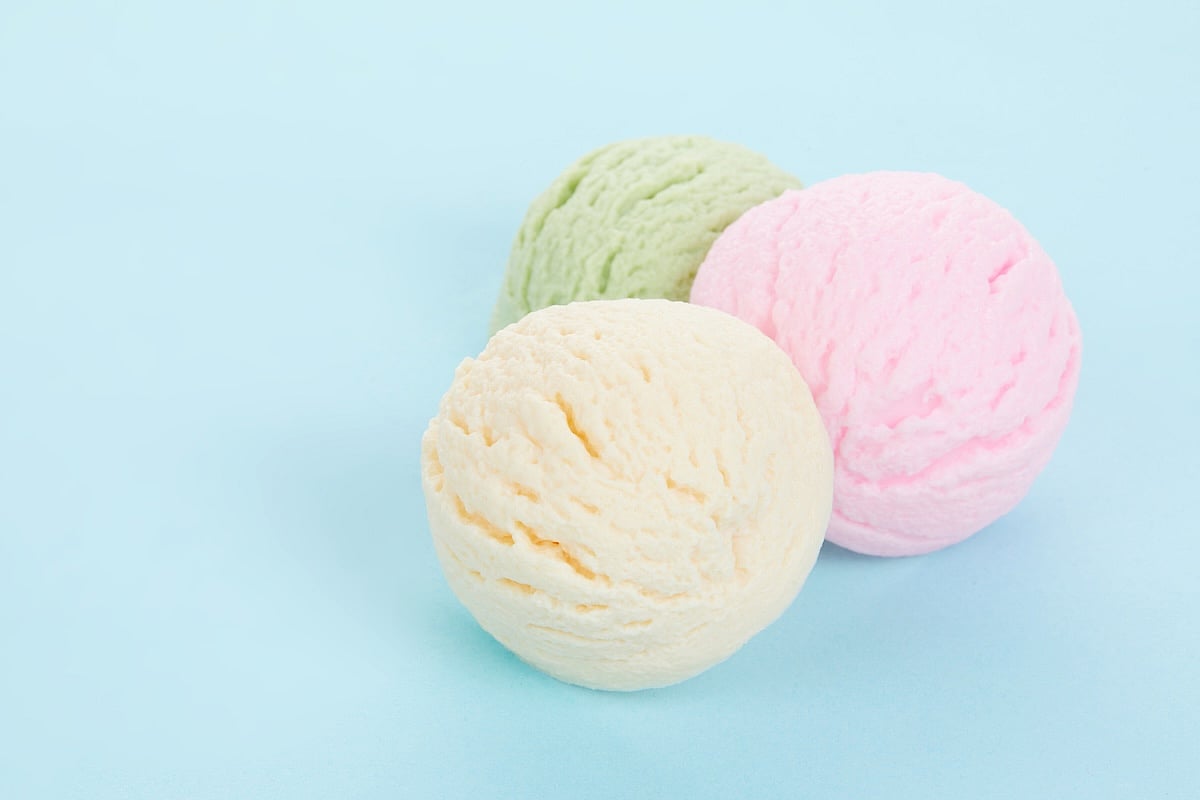Get Healthy!

- I. Edwards
- Posted July 15, 2025
Most Major Ice Cream Brands Will Remove Synthetic Dyes by 2028
About 90% of the ice cream sold in the U.S. will no longer contain artificial dyes by 2028, federal health officials announced.
Roughly 40 ice cream and frozen dessert companies have pledged to remove seven artificial food dyes from their products in less than three years, Michael Dykes, president of the International Dairy Foods Association (IDFA), said.
These include Red 3, Red 40, Green 3, Blue 1, Blue 2, Yellow 5 and Yellow 6, The Associated Press reported.
“This is a Renaissance moment for health in America,” said Dr. Marty Makary, commissioner of the U.S. Food and Drug Administration (FDA).
The announcement is part of a larger effort by the food industry to reduce or remove synthetic dyes.
Other major companies, including Nestlé, Kraft Heinz and General Mills, have also said they plan to get rid of artificial colors from many of their products.
Health groups have pushed for the removal of artificial food dyes for years. Studies have shown that these dyes may cause attention and behavior problems in some children, AP reported.
The FDA says approved dyes are still considered safe, and “most children have no adverse effects” from consuming them.
Still, one color, Red 3, was banned in January after it was linked to cancer in lab animals. Companies have until 2027 to stop using it, but Makary sent a letter this week urging food makers to remove it sooner.
In place of synthetic dyes, companies are being encouraged to use colors made from fruit juices, plant extracts and other natural sources.
On Monday, the FDA also announced approval of a new natural blue dye made from gardenia fruit. The color can now be used in sports drinks, candy and other foods.
Some health experts say removing artificial dyes is a good step, but it won’t make foods like ice cream healthy.
The average American eats about 4 gallons of it each year, the IDFA noted.
“Just taking out or changing the food dye source is not necessarily going to make it a healthy option,” Deanna Hoelscher, a nutrition professor at the University of Texas, said. “It still is a food that should be consumed in moderation."
Ice cream is often high in sugar and saturated fat, she pointed out. Saturated fat has been linked to heart disease.
But Makary suggested that new federal dietary guidelines, expected later this year, would challenge those links. He called it the end of "a 70-year demonization of natural saturated fat."
As a growing number of food manufacturers pledged on their own to stop using artificial dyes, some critics say voluntary action may not be enough.
“Talk is cheap,” Thomas Galligan, a scientist at the Center for Science in the Public Interest, said.
“It’s easy for companies to make promises to look like they’re being compliant and generate goodwill among consumers and the Trump administration, but it remains to be seen if they will actually follow through,” he added.
More information
Rutgers University has more on the effects of banning food dyes on our health.
SOURCE: The Associated Press, July 14, 2025
